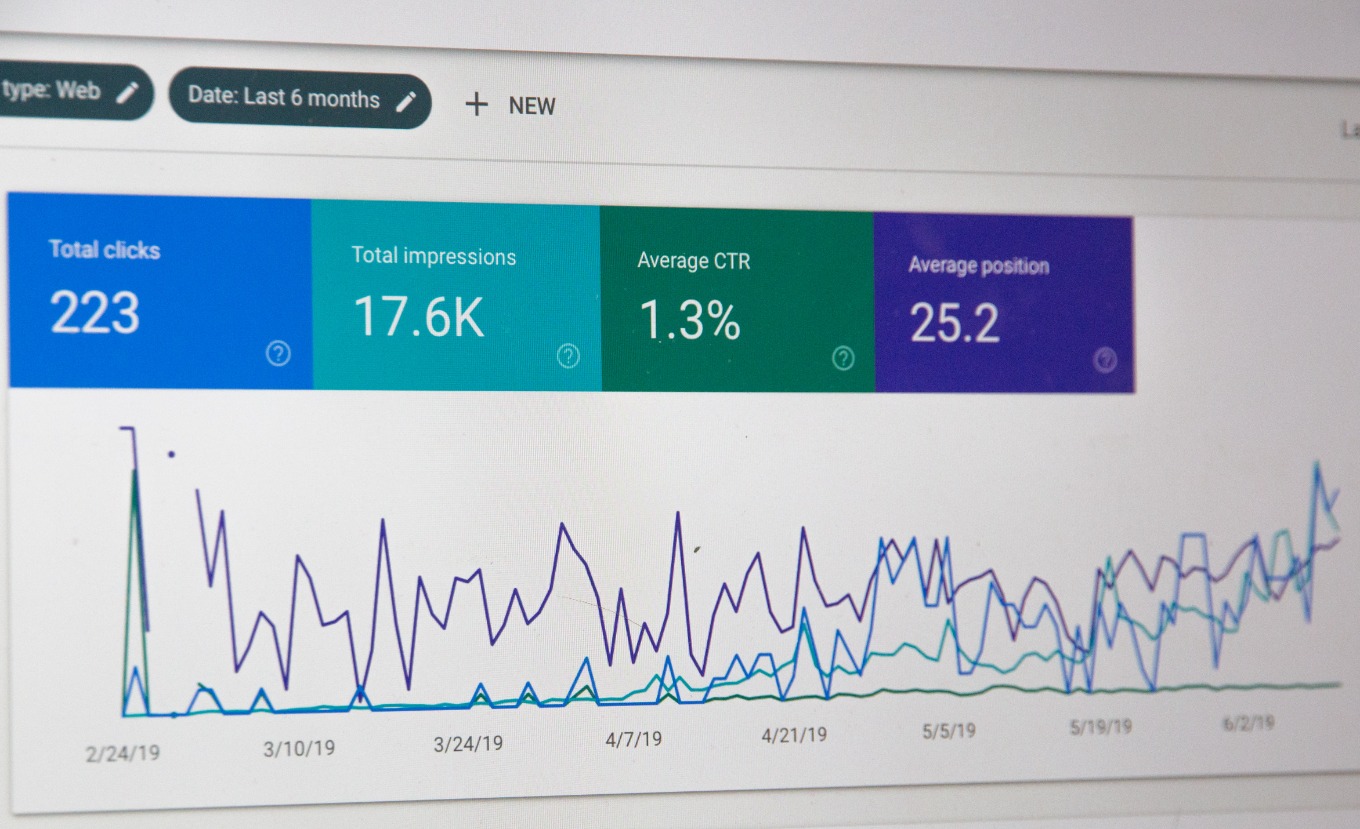How to Effectively Budget for IT Managed Service Providers
As enterprises are increasingly relying on digital infrastructures to manage their operations, the importance of IT Managed Service Providers (MSPs) cannot be overstressed. However, it is imperative for businesses to adequately budget for MSPs to optimize their efficiency as well as cost-effectiveness. This blog post will guide you through the process of effectively budgeting for IT Managed Service Providers, taking into account the unique considerations involved in this crucial business decision.
Firstly, let's define what an MSP is. MSPs are professional entities that manage a client's IT infrastructure and/or end-user systems, typically on a proactive basis, under a subscription model. These services can range from network, application, system, and e-management services among others.
Budgeting for MSPs is as much an art as it is a science. The Pareto Principle – also known as the 80/20 rule – is a useful tool to keep in mind when budgeting for MSPs. This principle states that approximately 80% of your outcomes derive from 20% of your sources. Extrapolating this principle to IT managed services implies that the majority of IT results are likely to come from a minority of services offered by your MSP. Identifying these critical services is the first step towards effective budgeting.
Let's consider the Nash equilibrium concept, borrowed from game theory in economics. This concept posits that the optimal outcome of a game is one where no player can gain by unilaterally changing his or her strategy, while the other players keep theirs unchanged. Translated into the context of IT managed services, the 'game' is the allocation of your IT budget, and the 'players' are the various services your MSP offers. The 'optimal outcome' is the one where you cannot get more value by reallocating your budget, given the costs of the other services.
Take a detailed inventory of your IT needs and match them against the services your MSP offers. Using the Nash equilibrium concept, allocate your budget such that additional allocation to any one service would not yield more overall value. This requires a thorough understanding of your MSP’s service catalog, as well as the cost and value proposition of each service.
The cost-benefit analysis model is another useful budgeting technique. Assess the cost of each service against the potential benefits it will bring to your organization. The services that bring the highest net benefit should be prioritized in the budget allocation.
Another vital aspect to consider is the elasticity of demand. In economics, the price elasticity of demand is a measure of the change in the quantity demanded or purchased of a product in relation to its price change. In the context of IT managed services, the 'price' is the cost of the service and the 'demand' is the utilization of the service. If a significant price increase for a service results in a small reduction in its utilization, the service is considered inelastic. Allocate more budget to inelastic services as they are less sensitive to price changes.
However, it must be noted that while using advanced theoretical models can be enlightening, they are not foolproof. They are based on assumptions that may not hold in real-life scenarios. When budgeting for IT managed services, it is crucial to consider the unique characteristics and requirements of your organization. Annual review and adjustment of your budget allocation is also recommended to keep pace with evolving business needs and IT trends.
In conclusion, budgeting for IT Managed Service Providers is a critical task that demands the careful application of diverse theoretical models from several disciplines. By understanding and applying principles such as the Pareto Principle, Nash Equilibrium, cost-benefit analysis, and elasticity of demand, organizations can make well-informed budgeting decisions that maximize the value derived from their MSPs. While these models provide useful frameworks, budgeting decisions should be regularly reviewed and adjusted to remain aligned with the ever-changing business and IT landscape.
Budgeting for IT Managed Service Providers is a critical task that demands the careful application of diverse theoretical models from several disciplines.






